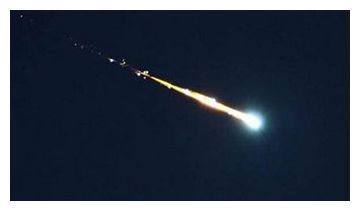
He says there were reported sightings of a loud, white flash at ground level at around 6:30pm on the worldwide meteorites news website.
"It would have been a meteorite coming in somewhere from Mars and Jupiter, they usually come from that sort of orbit, and just coming through our atmosphere really, really fast and burning up as it came through the atmosphere and hopefully landing on the ground."
Dr Tomkins encourages people to check their CTTV cameras from Sunday evening in hope of locating the meteorite.
"We can use that to figure out the direction that the meteorite came from and where it's likely to have ended up on the ground, particularly if there is some sort of time stamp on the video that really helps us nail it down as well."
"We use video from multiple directions from where people have seen it from multiple angles to triangulate down toward the ground position."
He says people who heard a loud bang on Sunday evening would have been within close proximity to its landing.
"Usually it gets brighter the closer you are to it, then a bang, the boom people heard is when you're really close to it, people can usually see a smoke trail if they're fairly close."




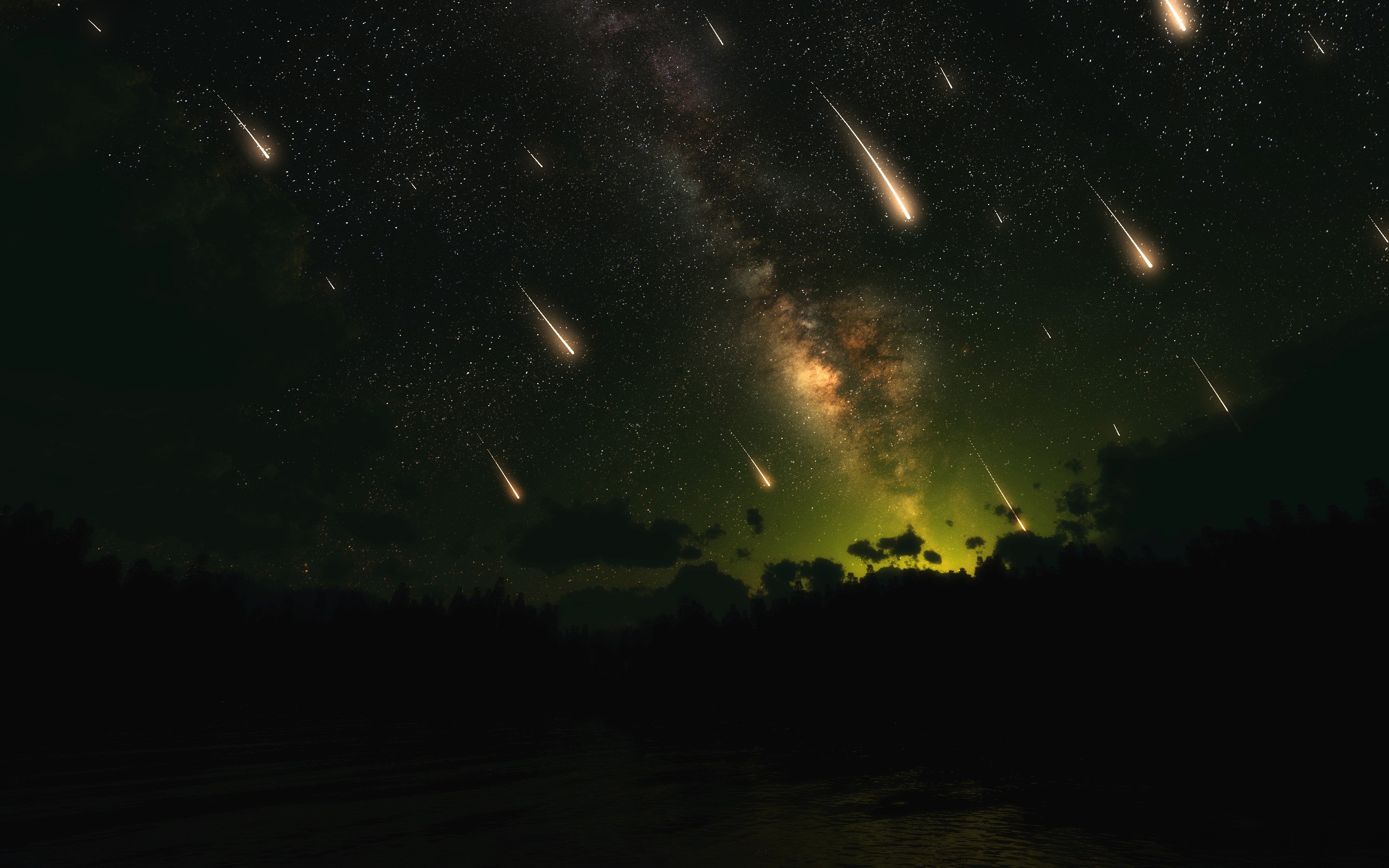
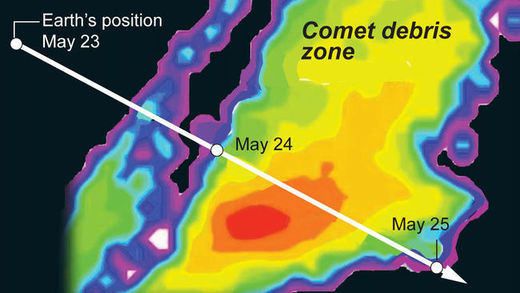
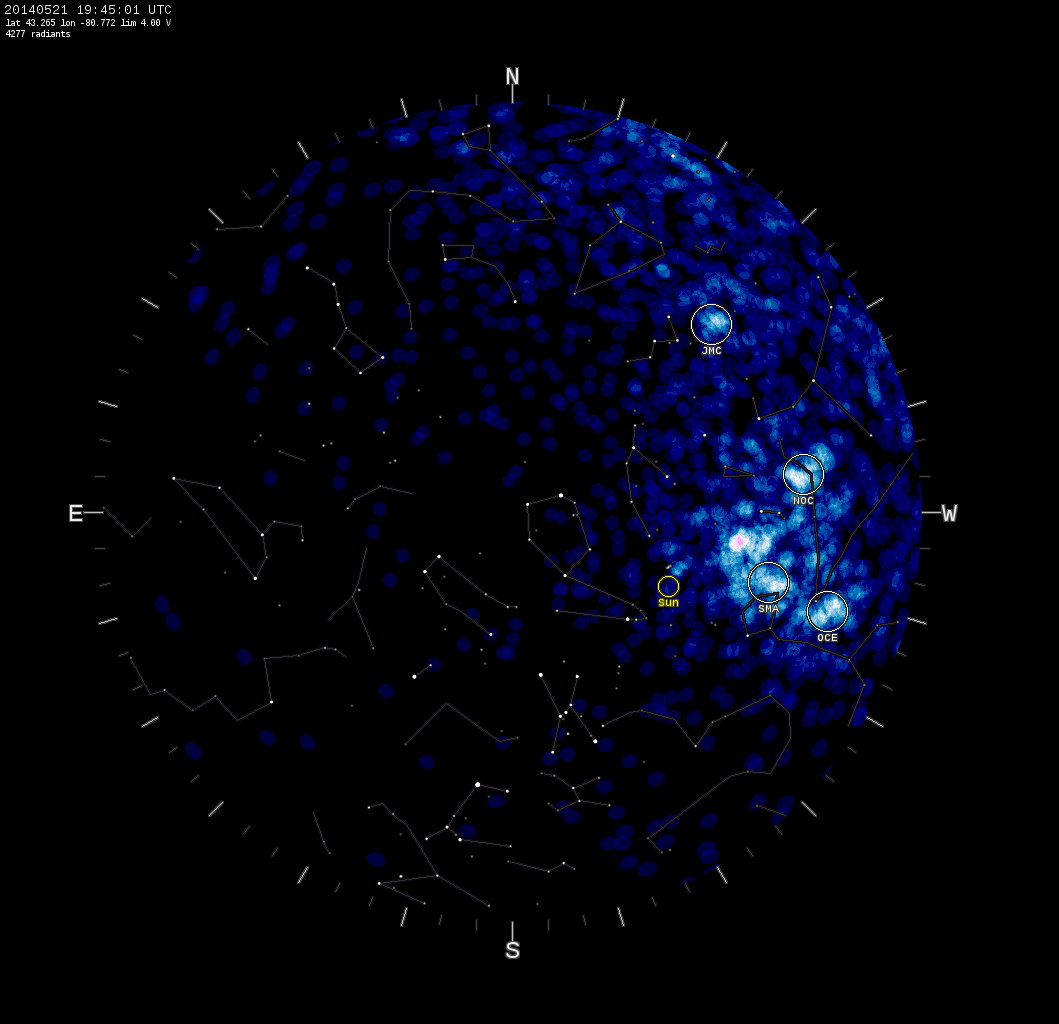
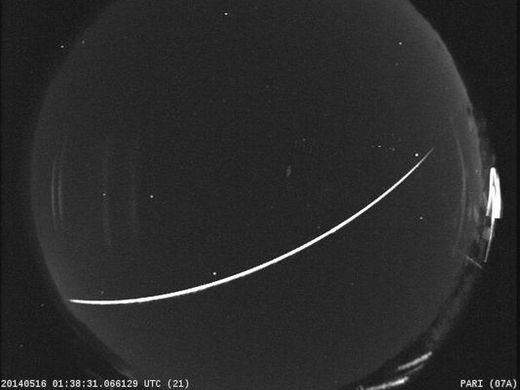
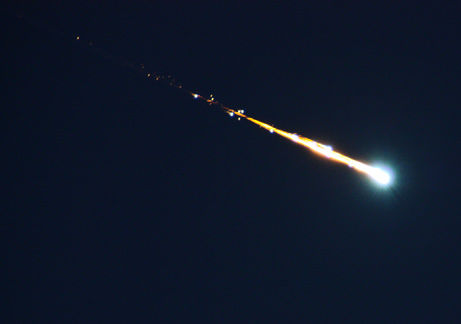



Comment: This report of a meteor was about 45 min prior to a boom heard over West Virginia on the same night.
National Weather Service believes "boom" over West Virginia caused by meteor